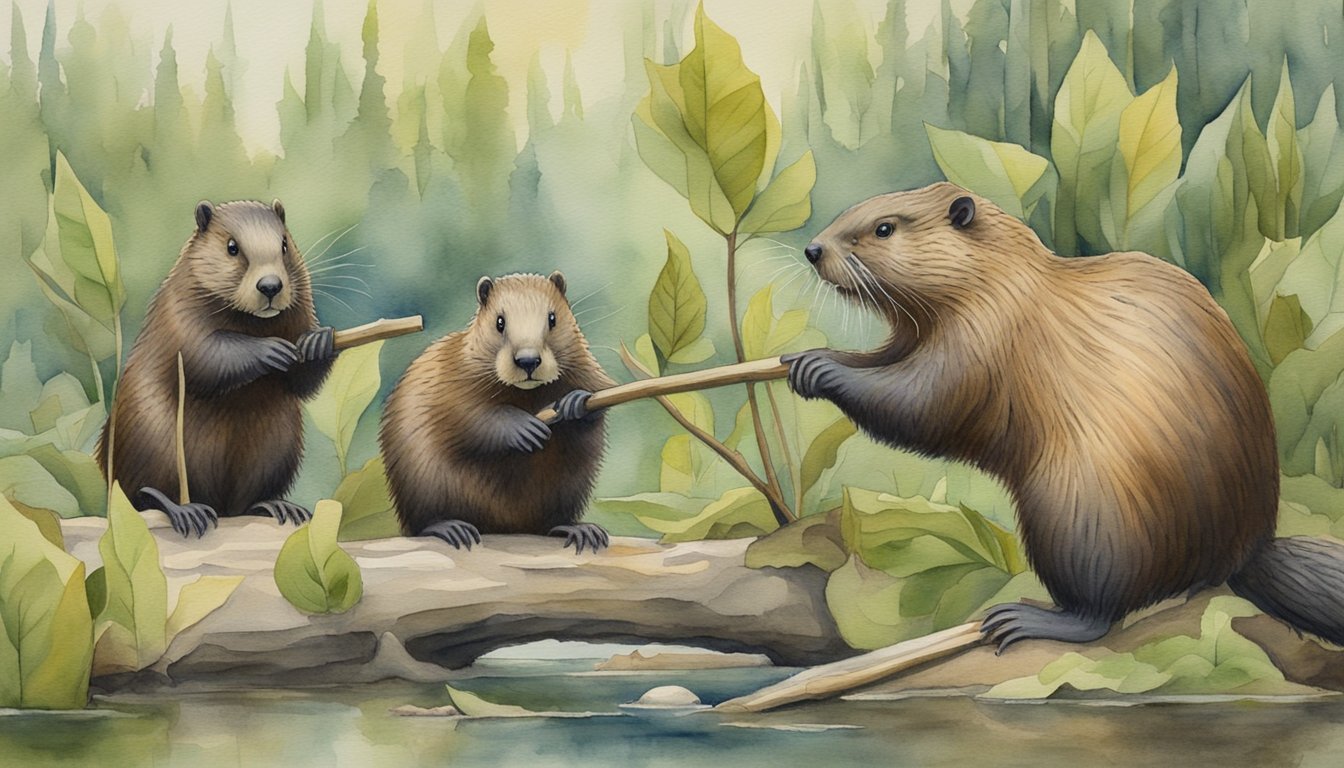Understanding Vanilla Flavoring
Vanilla flavoring has a rich history and a complex makeup, including natural and synthetic sources. The journey from plant to palette is multifaceted, involving chemistry, regulations, and food science.
Origins of Vanilla Flavor
Vanilla originates from the orchid species Vanilla planifolia. The process of growing vanilla beans is labor-intensive, involving hand pollination and extended curing periods. The beans are the core of natural vanilla extract, which is prized for its depth of flavor. This authentic extract is a staple in desserts like ice cream, pudding, and other baked goods, imparting a sweet essence that is synonymous with vanilla flavor.
Castoreum in Vanilla Products
At one time, castoreum, a secretion from beaver glands, was used as a food additive for flavoring with a vanilla profile. While it fulfills the FDA definition of natural flavor, food companies have largely discontinued its use due to cost and consumer preference. Nowadays, it is rarely, if ever, found in food products and is more common in perfumes, as mentioned in Smithsonian Magazine’s article, Does Vanilla Flavoring Actually Come From Beaver Butts?
Synthetic Vs. Natural Vanilla
Synthetic vanilla, also known as vanillin, is an artificial vanilla flavoring. It is a cost-effective alternative that allows food companies to produce vanilla-flavored goods at a lower price. Despite the difference in source, imitation vanilla is often considered to be generally recognized as safe by FDA standards. The science of food and the role of a flavor chemist become essential in these contexts to recreate the complexity of natural vanilla in a lab, ensuring the imitation produces a similar taste for desserts and sweet products.
Beavers and Castoreum

Castoreum is a chemical compound that has been a part of human diets and fragrances for centuries. Extracted from the castor sacs of beavers, its rarity and unique scent have given it a notable place in both the food and perfume industries.
Beavers and Their Glands
Beavers possess castor sacs near their tails which produce a substance known as castoreum. This secretion is used by beavers to mark their territory with a distinctive musk. Wildlife ecologists have studied these scent-marking behaviors to understand more about beaver communication.
Harvesting and Use of Castoreum
Historically, trappers would harvest castoreum from beavers for use in various products. Castoreum’s rich and complex aroma led to its utilization in perfume as a fixative and contributed an underlying musky note. In addition, despite its expensive nature and the advent of synthetic alternatives, castoreum has been used as a natural flavor in foods and beverages, from candy to alcohol. As a food additive, the FDA has even categorized it as GRAS (Generally Recognized As Safe) following a thorough safety assessment.
Consumer Perception and Alternatives
Consumer perception of castoreum has affected its use. When shoppers learn it comes from near a beaver’s anus, they often respond with surprise or dismay, despite its history as a natural flavor. In turn, natural and synthetic vanilla alternatives have become commonplace in the grocery store, largely due to economic efficiency as well as public sentiment. The rare use of castoreum in modern cuisine may also be influenced by dietary laws, such as kosher certifications, which castoreum does not meet.

